
Most people associate the use of fall protection with wearing a harness that is connected with an anchor point, as often seen at construction sites or other work areas where safety is strictly monitored. Working on a sloping roof, means using fall protection on a sloping roof.
However, not many people know that fall protection must also be used for short-term maintenance jobs on existing structures. This means that painters, chimney sweeps and workers installing, say, solar panels are also not allowed to work on sloping roofs higher then 2.5 meters (10 feet) if they’re not protected against fall accidents.
Especially for quick maintenance jobs, the duty to wear fall protection is often neglected because fall protection is considered difficult and inconvenient. This is due to the fact that an anchor point is often not available in these cases.
Personal fall protection
According to the ABC of fall protection, a personal fall protection system must consist of at least the following three elements: Anchor, Body support and Connecting device. In other words: a user wears a harness that is attached to anchor point by means of a lanyard.
Contrary to popular belief, an anchor point does not necessarily have to be situated above the work location: by using a throwing line for work on sloping roofs, a rope can be pulled over the roof. This allows users to create an anchor point on the other side of the sloping roof. The three methods to create an anchor point stated below all require the use of a throwing line for the installation of the anchor point. Also, a suitable safety hook should be used to attach the rope to the anchor point.
The applicable standard prescribes: an anchor point should be able to hold a force of 10 kN for as long as 3 minutes. Of course, this is quite difficult to measure. For that reason, three of the most common methods to create an anchor point for work on a sloping roof are outlined below:
- Using a sling
- Using a jamb anchor
- Using a fixed anchor point
Using a Sling
A sling is a polyamide strap that is tied around a secure object at the opposite side of the work location on the sloping roof. The safety hook at the end of the rope (which runs over the sloping roof) is connected to the sling.
What kind of solid objects can be used to tie a sling to?
- A strong, living tree with a large diameter.
- The towing eye of a van.
Keep in mind, it is needed to have someone watching over the anchor point and rope in case an accident occurs.
A solid object within the building, such as the column of a spiral staircase, could also be used.
The sling must NEVER be tied around the following objects:
- A window frame
- The wheel of car
- A lamppost
When it comes to work on a sloping roof, the use of a sling is often preferred above the other methods mentioned here. It is the simplest method, that leaves no damage.
Unfortunately, there will not always be a strong tree available, and it will not always be possible to park a van in the vicinity of the roof. Thankfully, a sling is not the only option.
Using a jamb anchor
Jamb anchors are designed to be mounted in a doorframe or window frame. They are best described as tubes with a safety eye and two clamps which can be set at different widths. The rope that runs over the sloping roof can be attached to the safety eye with a safety hook.
A jamb anchor can be clamped between the frame of a window or the posts of a door. However, the jamb anchor is always wider than the frame or the doorpost, which means that it cannot be installed if there is no room for the end that sticks out.
If the jamb anchor cannot be mounted to the front nor the back door of the building, then an inner door can also be used, provided that the door post is in a supporting wall. If there is a hatch to access a crawl space behind the front door, then this hatch could also be used to mount a jamb anchor.
Using a fixed anchor point
If the use of the above temporary anchor points is not possible, then there is always the possibility to drill an anchor point in a wall. A fixed anchor point could also be removed after use, so that only the drilling holes remain visible.
There are many different fixed anchor points in the market today which are suitable for different types of surfaces, such as concrete, bricks or steel. If a fixed anchor point is used to access a sloping roofs, it should always be installed near the center of the roof.
In most cases, a client will probably need to approve of the installation of a fixed anchor point, before someone drills a hole into the wall. If need be, a user might point out that it is the responsibility of the building owner to facility safe work at height on his or her building, and the responsibility of an employer to provide a safe working environment for his or her employees.
The above methods are only general descriptions of common applications. Before using any of the PPE’s that are discussed in this post, always consult the user manual!
More Information about fall protection on a sloping roof
If you would like more information about our fall protection solutions, request our fall protection brochure. For advice about the most suitable fall protection solution for your building or project, it’s best to contact us directly.
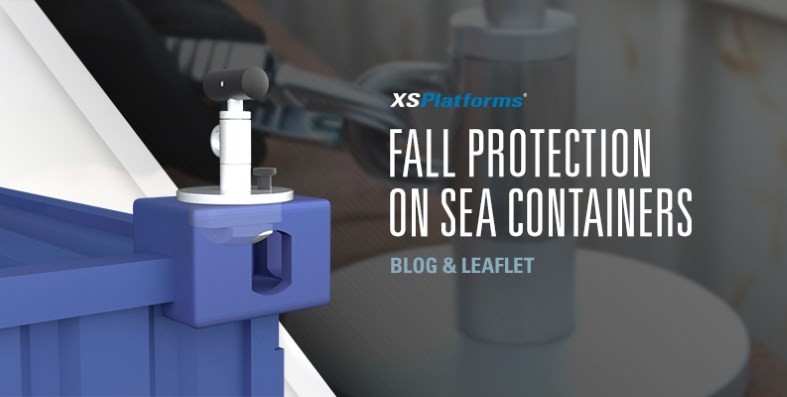
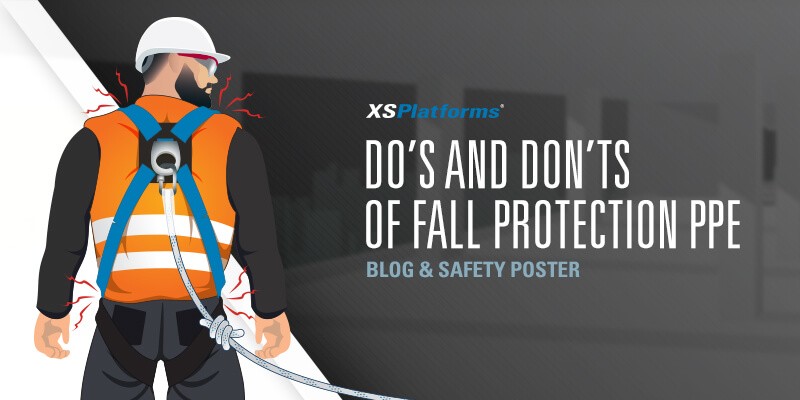

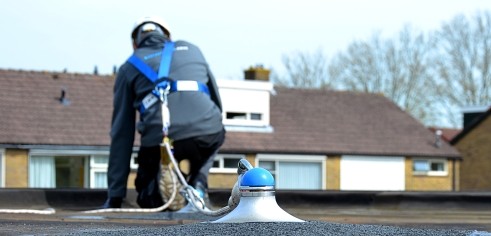
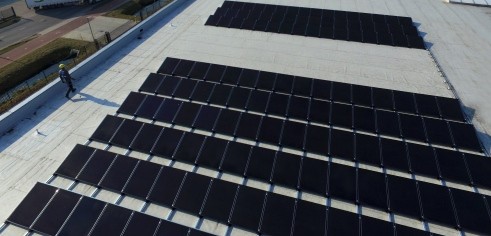
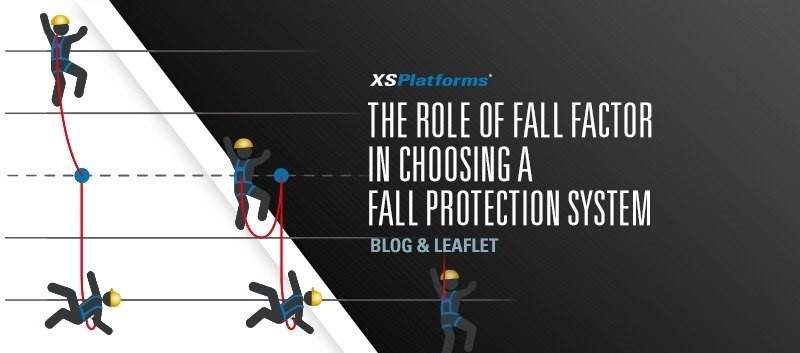
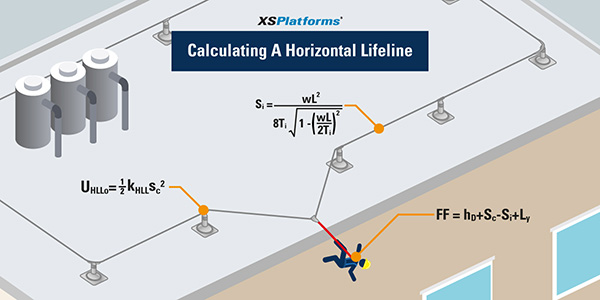
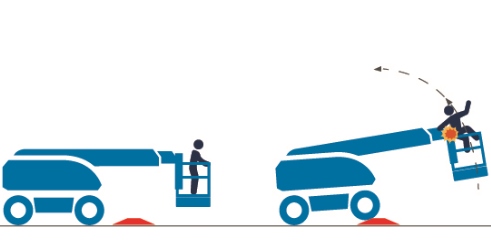
3 Comments. Leave new
Our building is octagonal shaped with a sloping roof going to a point. The roof is tiled. Can you recommend anchoring system (temporary) to allow annual clearing of guttering. Building is 3 stories high apartment block.
Hi John, we’ve send you an email regarding your question -Danine
I work for a company that requires us to access rooftops without fall protection. Not offered, not trained, nothing. What are my rights?